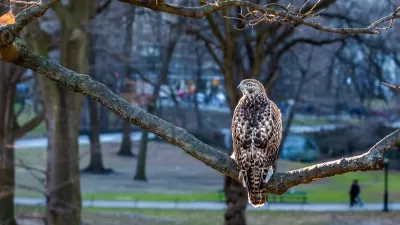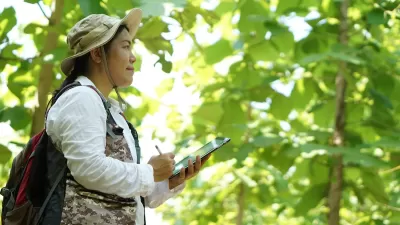“Across millennia [mute swans] symbolized transformation and devotion, light and beauty,” says a recent article in Wired. Not so much in New York City, where the city’s population of mute swans will be reduced to zero to protect other native species.
Brandon Keim writes of the unfortunate controversy surrounding a plan to eradicate New York’s mute swan population. The plan has provoked a lot of strong feelings, but experts claim there is no easy solution to the problem.
First, the problem: “Mute swans are not native to North America. New York’s population descended from escapees imported for ornamental gardens in the late 1800s. Weighing up to 40 pounds apiece, they can eat 10 pounds of aquatic vegetation daily. In their absence, that food might be eaten by native wildlife. Mute swans are also aggressive during nesting season, and have been blamed for attacking ducks and pushing out other waterfowl.”
The proposed solution, and source of concern for many New Yorkers: “New York’s Department of Environmental Conservation issued a draft of a plan to reduce New York’s wild mute swan population to zero by 2025. Nests and eggs would be destroyed; a few adults might be sterilized or permitted to live on in captivity, but the rest would be killed.”
The problem strikes at a difficult problem of managing wildlife populations in urban settings: many species are invasive, but does that make them second class food chain citizens? Bryan Swift, a DEC waterfowl specialist and lead author of the plan is quoted in the story with his take: “We have an obligation to sustain native species. The question then is, ‘At what level?’ But in the case of introduced species, I don’t think we have that same obligation.”
FULL STORY: New Yorkers in Uproar Over Planned Mass-Killing of Swans

Alabama: Trump Terminates Settlements for Black Communities Harmed By Raw Sewage
Trump deemed the landmark civil rights agreement “illegal DEI and environmental justice policy.”

Study: Maui’s Plan to Convert Vacation Rentals to Long-Term Housing Could Cause Nearly $1 Billion Economic Loss
The plan would reduce visitor accommodation by 25% resulting in 1,900 jobs lost.

Planetizen Federal Action Tracker
A weekly monitor of how Trump’s orders and actions are impacting planners and planning in America.

Waymo Gets Permission to Map SF’s Market Street
If allowed to operate on the traffic-restricted street, Waymo’s autonomous taxis would have a leg up over ride-hailing competitors — and counter the city’s efforts to grow bike and pedestrian on the thoroughfare.

Parklet Symposium Highlights the Success of Shared Spaces
Parklets got a boost during the Covid-19 pandemic, when the concept was translated to outdoor dining programs that offered restaurants a lifeline during the shutdown.

Federal Homelessness Agency Places Entire Staff on Leave
The U.S. Interagency Council on Homelessness is the only federal agency dedicated to preventing and ending homelessness.
Urban Design for Planners 1: Software Tools
This six-course series explores essential urban design concepts using open source software and equips planners with the tools they need to participate fully in the urban design process.
Planning for Universal Design
Learn the tools for implementing Universal Design in planning regulations.
Caltrans
Smith Gee Studio
Institute for Housing and Urban Development Studies (IHS)
City of Grandview
Harvard GSD Executive Education
Toledo-Lucas County Plan Commissions
Salt Lake City
NYU Wagner Graduate School of Public Service





























